Posts Tagged "New"
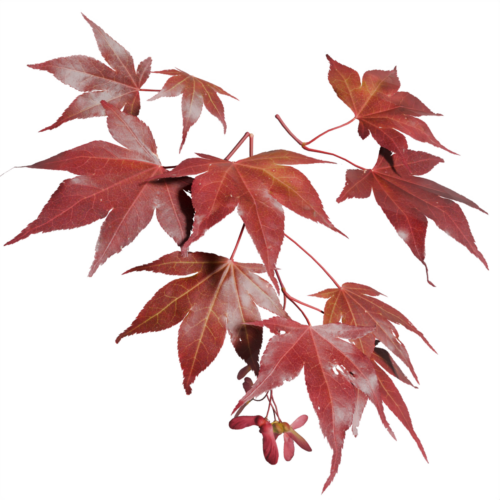
Japanese maple ‘Atropurpereum’
Acer palmatum ‘Atropurpureum’ – a cultivated variety of the Japanese maple tree, with deeply colored purple-red leaves. This slow grower is a wildly popular garden tree.
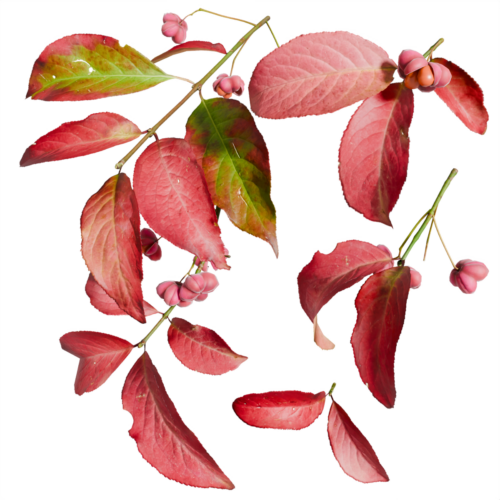
Spindle
Euonymus europaeus – Spindles are small trees, but they pack a punch with fiery fall colors and the pink-colored fruit looks absolutely out of this world.
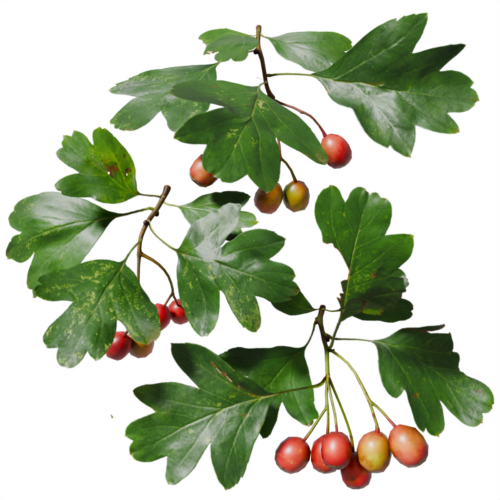
Woodland hawthorn
Crataegus laevigata – a small tree from the rose family, hawthorn is closely related to apple trees. With abundant white flowers that later develop into clusters of red fruit.
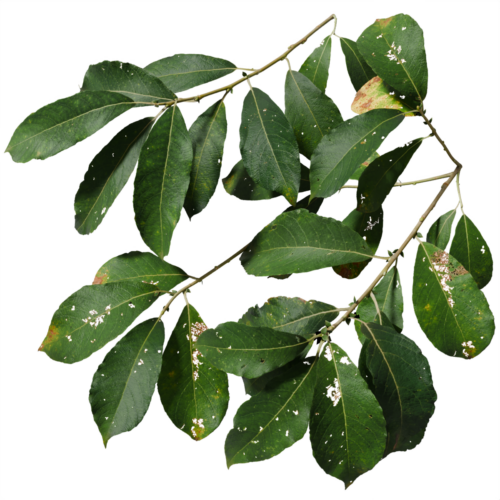
Goat willow
Salix caprea – goat willow is a rather inconspicuous tree, with no flashy flowers, fruit or autumn colors. It’s a modest tree that dots the landscape with touches of green.
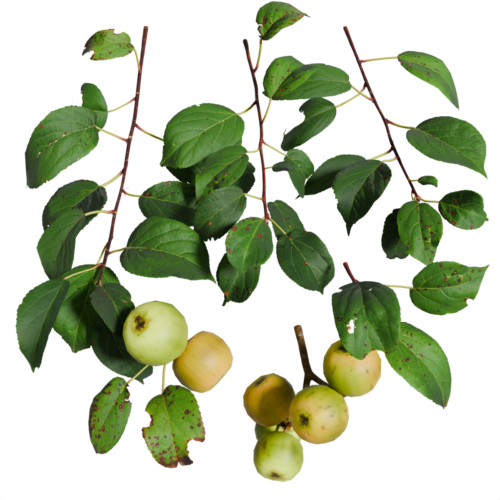
Wild apple
Malus sylvestris – now very rare, wild apples were once abundant along the edges of forests throughout Europe, bearing fruit significantly smaller than that of cultivated apples.
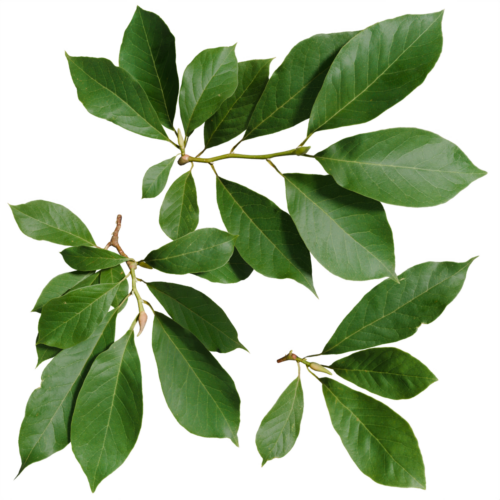
Saucer magnolia
Magnolia X soulangeana – the bold display of flowers and lasts only a couple of weeks, followed by an equally impressive foliage which is almost tropical in appearance.
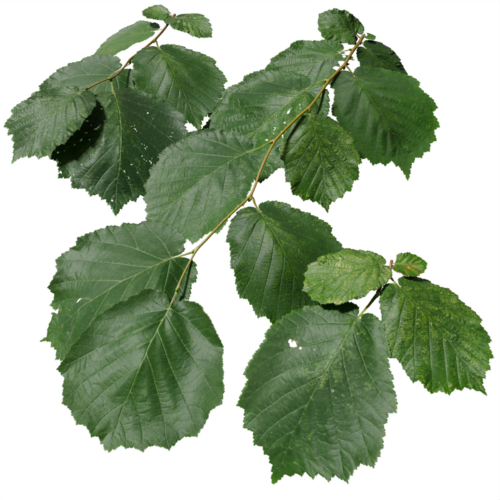
Hazel
Corylus avellana – a small tree from the birch family that grows the tasty hazelnuts. Hazels are often coppiced, to develop a small, dense tree with multiple trunks.
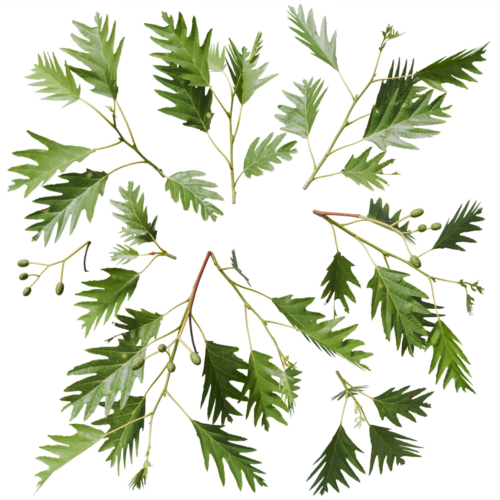
Cut-leaved alder
Alnus glutinosa ‘Laciniata’ – a natural variation of the black alder tree with deeply cut leaves. The fine feathery foliage is light and airy, making it a subtle tree ideal for city streets.
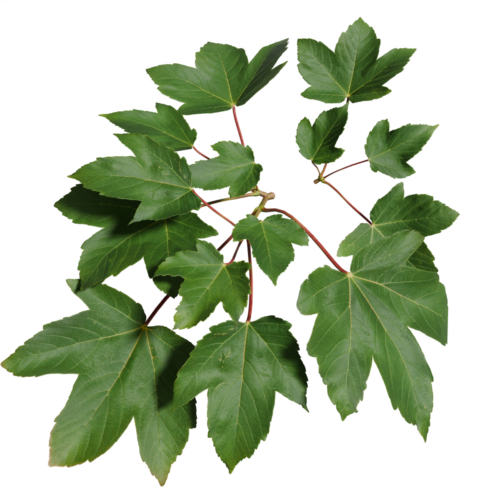
Sycamore maple
Acer pseudoplatanus – dark green leaves are contrasted by long red leaf stalks, it’s a healthy looking tree that grows an impressive wide crown of foliage.
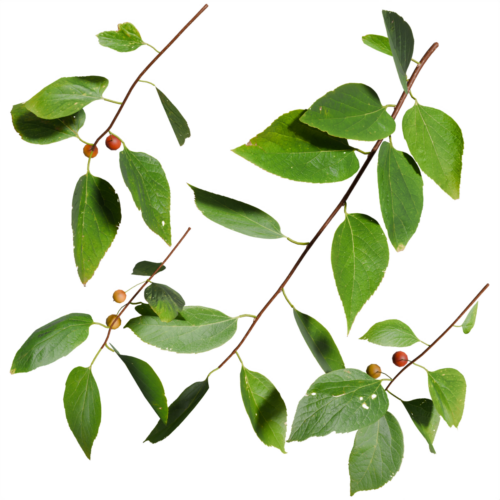
Hackberry
Celtis occidentalis – along with each leaf also grows a berry that turns from green to orange to a dark purple-brown color when ripe. This small fruit has a surprising taste.
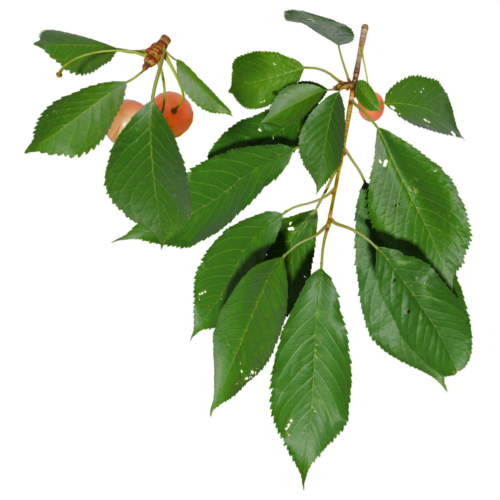
Sweet cherry
Prunus avium – a big tree from the rose family, this is the tree that produces the well known cherry fruit.
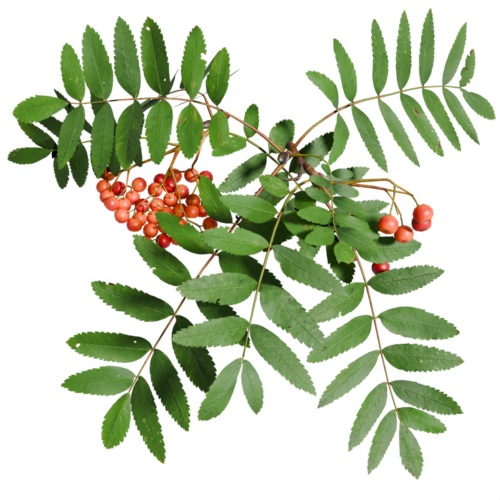
Rowan
Sorbus aucuparia – rowans are relatively small trees, investing most of their energy in producing plentiful clusters of red fruit that are the favorite food of many birds.